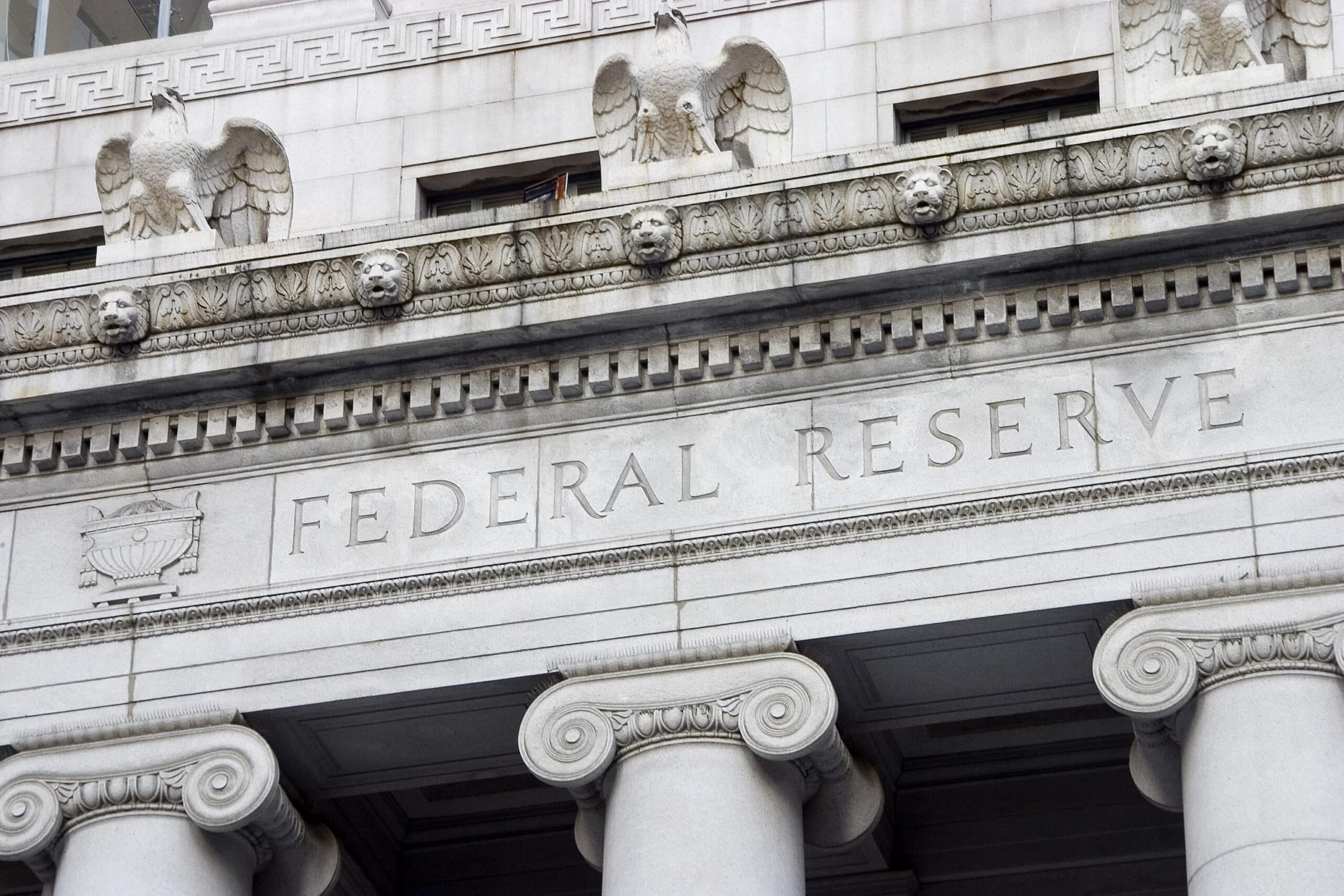Negative Equity Trade-Ins Spike to Record High, Where Do Lenders Draw the Line?
 Spurred by extending loan terms, a record-number of consumers — 31% — turned in cars with negative equity in 2016, in order to get their next vehicle, according to data from Edmunds.com. This trend, and longer-term loans, are not expected to reverse anytime soon, Greg McBride, chief analyst at Bankrate.com, told AFN — until the next recession hits, that is.
Spurred by extending loan terms, a record-number of consumers — 31% — turned in cars with negative equity in 2016, in order to get their next vehicle, according to data from Edmunds.com. This trend, and longer-term loans, are not expected to reverse anytime soon, Greg McBride, chief analyst at Bankrate.com, told AFN — until the next recession hits, that is.
These “underwater” borrowers represented 30% of all trade-ins during the same period of 2015. Meanwhile, the average negative equity on the vehicles rose to a record-high average of $4,914 last year, according to Edmunds.
Loan terms stretching 73 to 84 months grew to nearly 31% of all new loans, compared with 27.5% the year prior, Experian’s third-quarter State of the Automotive Finance Market report shows. Used-car loan terms of the same length grew to nearly 18%, up from 16.2% in 2015.
To that end, several lenders are taking action to step back from longer term loans. For example, Wells Fargo Dealer Services has been “holding fast on term,” Chief Financial Officer John Shrewsberry said in the lender’s fourth-quarter earnings call. Other lenders’ willingness to extend into 84-plus-month loan terms more frequently than Wells Fargo has caused the lender to lose marketshare, he said.
Back in September 2016, Chase Auto Finance announced it would dial back 84-month terms, and last month Consumer Portfolio Services showed a lower level of long-term loans in its latest securitization. No loans in the trust had terms longer than 72 months, compared with its previous issuance, which allowed for as much as 6.5% of the pool to be comprised of 75-month contracts, according to S&P Global.
Consumer Obligation Longer-term loans are not necessarily lender-driven, McBride explains.
“I don’t think it’s lender-driven as much as it is consumer-desired,” he said. “The lower payments and longer loan terms have come about as a result of [consumer demand].”
Unemployment rates are dropping, and people are feeling better and more confident, Ivan Drury, senior analyst at Edmunds.com, told AFN.
However, when the economy takes a hit, many people are forced into making the right fiscal decisions — such as holding onto their car for a longer period of time.
At some point, the negative equity trend has to reverse itself, Drury said. “We will hit a point at which that LTV ratio is going to be so out of whack that consumers will not be allowed to finance cars. Or there is going to be so much risk involved that the financier is going to say, ‘Well, it’s not worth it.’”
While no one in the industry wants to see a recession, any economic activity that keeps consumers out of the market will certainly adjust that negative equity position, Melinda Zabritski, Experian’s director of product and marketing, told AFN.
The lowest underwater percentage rate on record was 13.9% during the Great Recession when credit was tight, according to Edmunds data. Yet, this year tops the 27% negative equity trade-in rate high of 2006, in the lead up to the recession.
There is certainly a consumer obligation to reverse the trend, Zabritski said. “As a consumer you have to make the choice to take a longer-term loan, and one of the obligations is then understanding that you need to be right-side up when you make that transaction, or to bring more cash into that transaction.”
From an industry standpoint, if lenders were to respond by pulling back from longer-term loans, the result is probably more negative for consumers overall, she said.
“If longer-term loans went away, and went back to all 60 months, it’s going to drive up the price of the monthly payment by $100 to $150. That has bigger impact on consumers overall. They won’t be upside down, but they won’t be able to afford the car.”
Draw ing the Line It was a big deal when lenders shifted from 60- to 66-month loan terms years ago, said a CEO of an auto finance institution, who wished to remain unnamed. “Then we saw 72-month terms,” the CEO told AFN.
“Now, we are seeing 75, 84, and 96. This has been an evolution over the past 15 to 20 years.”
Each lender is different, so they will have to take a hard look at these extended terms and customers to know when to draw the line, the CEO said. “In our business, we draw the line at 66 months. If you see a 96-month lender who is doing super-prime on 800 scores, that may make sense to them, but each lender has to take a hard look at all these factors, including future recovery rates, the Manheim index declining, and default rates.”
It’s not likely lenders will draw the line anytime soon, Bankrate’s McBride said. “Right now, the loan performance is good, and the economy is in decent shape, so people are making their payments,” he said. “But the next recession could throw some cold water on the trend, if lenders are having to repossess more and more negative equity vehicles.”
The 72- to 84-month bucket is where most lenders are comfortable, Experian’s Zabritski said, but there will be a point where lenders won’t continue to increase loan terms. “In which case, as prices continue to go up, consumers will have to adjust their expectation of monthly payments. Therefore, more consumers will likely move into the used-car market.”














